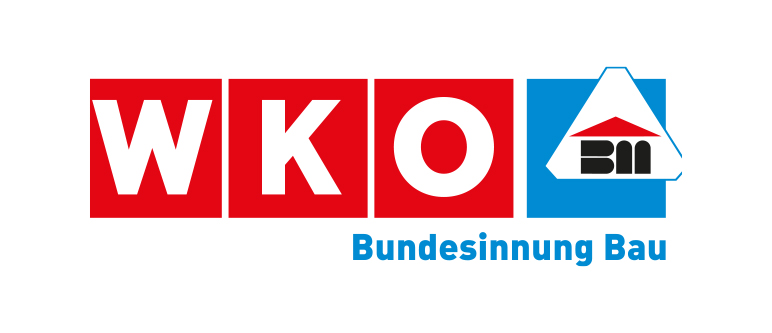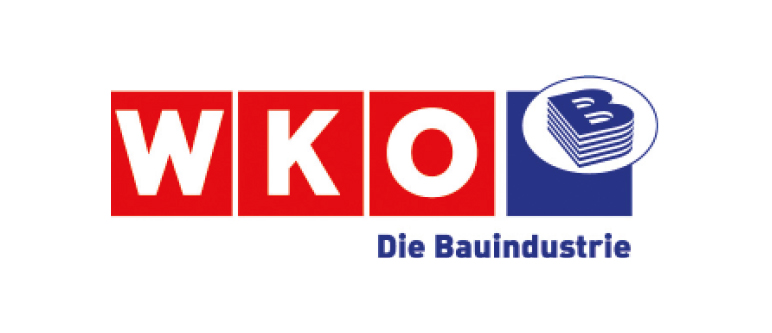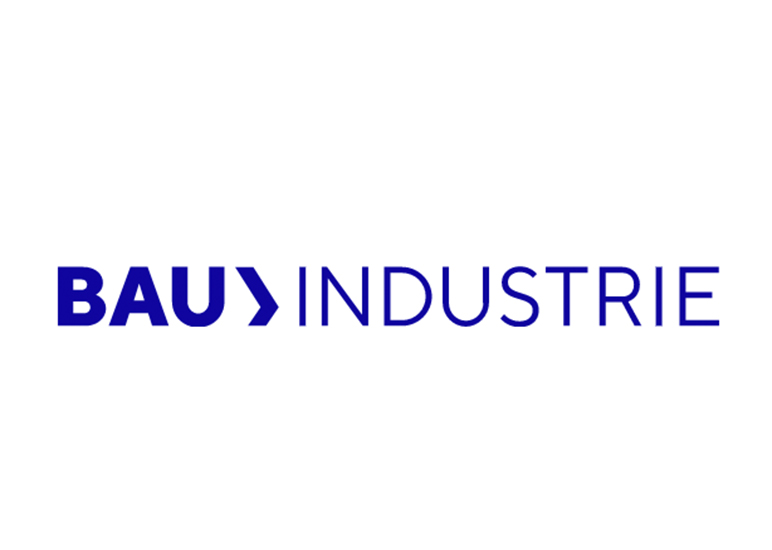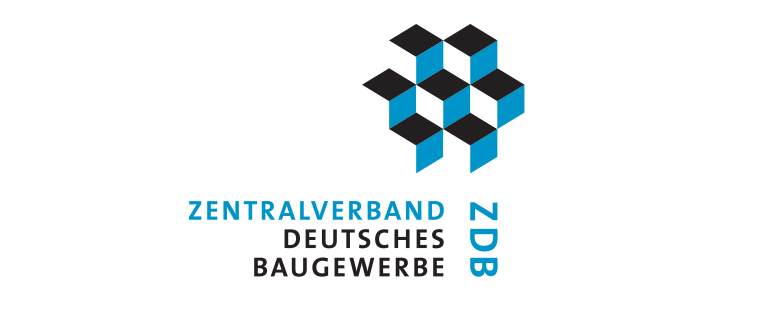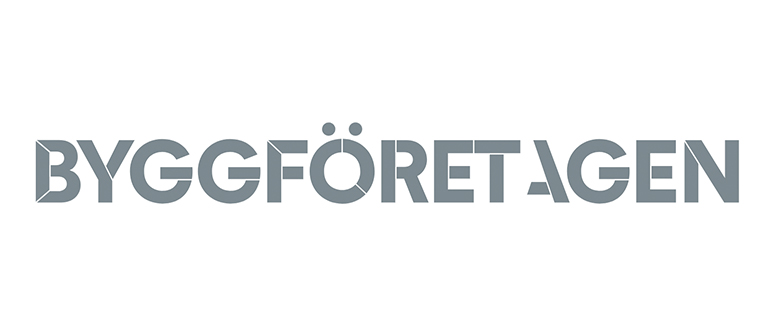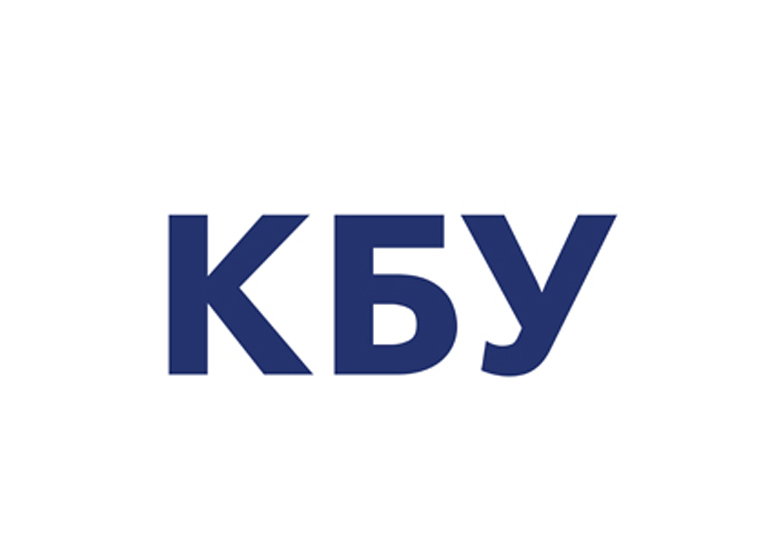Overall construction activity
The year 2021 is dominated by the economic recovery after the Corona pandemic. GDP grew particularly strongly in the first half of 2021 in those sectors that were affected by the restrictions in the previous year. The labour market also continues to recover rapidly and has already returned to pre-crisis levels. However, the increase in infections from August onwards has somewhat clouded the outlook for the second half of the year and will dampen the catch-up process somewhat. The economic upswing is nevertheless relatively strong overall, but sectorally heterogeneous. The WIFO forecast for 2021 is now +4.4% (real). Due to expected complete normalization of the economic situation, significant growth impulses of 4.8% can then also be expected in 2022. From 2023 onward somewhat weaker growth rates are again expected.
The construction industry not only successfully weathered the Corona pandemic but was also able to report solid growth in 2021 even without a recovery effect. The decline of 2020 (-3.7%) is clearly overcompensated this year with 5.4%. This is remarkable as construction production has been affected to some extent by material and supply bottlenecks. However, the shortage of materials has at most dampened the upswing in the construction industry, but not prevented it. All sub-sectors of the construction industry will show significant growth movements in 2021. In 2022, above-average growth of 2.6% is also expected, but at a lower level without the recovery effect of 2021. 2023 and 2024 should then only see a growth of just under 2%.
Housebuilding
Residential construction was one of the big growth pillars during the Corona pandemic in 2020 and was significantly less affected than other areas of the economy, and also one of the most stable segments within construction. The uncertainty during the pandemic may even have partly given additional impetus to residential construction, which, in addition to the significant increase in property prices, also led to more building permits for detached and semi-detached houses. Overall, there remains a high demand for real estate in Austrian residential construction despite the lower population dynamics. And at present, there is no substantial turnaround in the high investment demand in sight, as the latest figures on building permits show. Although the renovation sector is gaining in importance in Austrian residential construction, not least due to the changed political framework conditions (EU climate targets, national CO2 price), at the time not more than a moderate increase is to be expected.
GDP 2021
BILLION
POPULATION 2021
Total investment in construction in 2021
BILLION
Non-residential construction
In contrast, non-residential construction slumped sharply in 2020. Nearly all sectors were affected with the strongest decline in new industrial and commercial construction. However, the growth path should be just as brisk and almost as dynamic as the recent slump. Business climate indicators are pointing sharply upwards and export growth will reach almost double-digit rates in 2021 and 2022. Together with a strong increase in private consumption, this creates higher investment in non-residential construction. Construction investment in total non-residential construction is expected to grow by 8.0% in real terms in 2021, flattening out towards 2% in 2024. Regarding the downside risks of the forecast, the partly interrupted supply chains, and the associated sharp rise in raw material prices for individual building materials could lead to delays or at least increase uncertainties.
Civil engineering
Civil engineering remained comparatively stable during the crisis, with only a minor decline in investment overall. The backbone of civil engineering was transport infrastructure construction in 2020, above all the expansion of the railway infrastructure. In view of the future challenges in the areas of broadband and environmental protection, however, the telecom and energy sectors will gain in importance towards 2024. This circumstance is also considered in the federal financial framework 2021 to 2025, which provides additional funds for these areas. Stronger investment activity is expected in 2021, with real growth of 5.9%. The trend is slowing significantly towards 2024 – mainly due to lower transport investment. Nevertheless, real growth should be above one per cent towards the end of the forecasting period 2024.
| Per cent variation of investment in real terms on previous year | |||||||
| investment Mln. € fixed prices | |||||||
| Sectors | 2021a | 2018 | 2019 | 2020 | 2021a | 2022b | |
| 1. | Building | 39,067 | 4.0 | 4.2 | -4.3 | 5.3 | 2.8 |
| 1.1. Housebuilding | 21,407 | 2.1 | 4.5 | -0.6 | 3.2 | 2.2 | |
| 1.1.1. New | 14,947 | 3.5 | 4.8 | -0.8 | 3.0 | 1.8 | |
| 1.1.2. Renovation | 6,459 | -0.9 | 3.9 | 0.0 | 3.5 | 3.2 | |
| 1.2. Non residential (c) | 17,660 | 6.3 | 3.9 | -8.6 | 8.0 | 3.5 | |
| 1.2.1. Private | N/A | N/A | N/A | N/A | N/A | N/A | |
| 1.2.2. Public | N/A | N/A | N/A | N/A | N/A | N/A | |
| 2. | Civil Engineering | 9,218 | 12.6 | 2.9 | -1.0 | 5.9 | 1.8 |
| (1 + 2) | Total Construction | 48,285 | 5.5 | 4.0 | -3.7 | 5.4 | 2.6 |
| a: estimate - b: forecast - c: incl. R&M | |||||||
| Number of building permits in residential construction | |||||||
| 2018 | 2019 | 2020 | 2021a | 2022b | |||
| single dwelling | 18.400 | 18.800 | 19.800 | 21.000 | 21.200 | ||
| collective dwelling | 41.000 | 48.800 | 42.400 | 43.200 | 40.800 | ||
| other types of dwelling | n/a | n/a | n/a | n/a | n/a | ||
| Total | 59.400 | 67.600 | 62.200 | 64.200 | 62.000 | ||
| (Collective dwellings and other types of buildings: in number of flats) | |||||||




